Explainer: Why Nour-3 satellite launch is a giant leap for Iran’s space program?
By Ivan Kesic
On September 27, the aerospace division of the Islamic Revolution Guards Corps (IRGC) successfully put the indigenous satellite Nour-3 (Light-3), also known as Najm, into low Earth orbit (LEO), marking another giant leap for the country’s space program.
The newest military satellite was launched by the Qased (Messenger) multistage rocket that traveled at a speed of 7.6 kilometers per second in its final stage, placing it at an apogee (max. altitude) of 462 km after 500 seconds.
"I congratulate all Iranian people, those active in the country’s space industry, and the IRGC’s space experts for this success," Iran's Minister of Communications and Information Technology Issa Zarepour said after the launch.
"God willing, this year will be a fruitful year for the country’s space industry," he hastened to add, referring to earlier announcements in August that Iran would launch at least two satellites this Iranian calendar year.
Iran's President Ebrahim Raeisi hailed the successful launch of the Nour-3 satellite into orbit as both a national success and proof of the failure of the enemy's sanctions and threats, congratulating the Iranian nation and IRGC space experts.
"It once again proved that the enemy's sanctions and threats have no impact on the determination of Iranian experts and scientists to tread the path of progress", he said.
Iran's Foreign Minister Hossein Amir-Abdollahian also commended the successful launch of the Nour-3 satellite which he said was the outcome of round-the-clock efforts of the country's young scientific experts.
"This honorable project is the result of the study and round-the-clock efforts of our country's young scientists and experts in the space industry and those within Iran's Islamic Revolution Guards Corps," he said.
What were the earlier Iranian satellites?
Iran has been launching satellites into space for the past 15 years, and Nour-3 is the eighth Iranian satellite successfully launched by indigenous launch vehicles, as well as the third military satellite launched by the IRGC aerospace division.
The first successful launch took place in August 2008, which was actually a mock-up satellite, with the purpose of testing the capabilities of the Safir-1 launch vehicle.
With this success, Iran became a member of the elite club of only nine countries in the world that independently launched an object into space.
In February 2009, the same rocket launched the first operational satellite named Omid (Hope), a cubic data-processing satellite for research and telecommunications, which remained in orbit for three months.
In June 2011, the second operational satellite Rasad-1 (Observation) was launched. It was followed in February 2012 by the third satellite Navid (good news), and in February 2015 by the fourth satellite Fajr (Dawn). The mission of all these satellites in the LEO lasted several weeks.
All of the aforementioned satellites were launched by the Iranian Space Agency (ISA), aboard the Safir-1 liquid-fueled carrier rocket, from the Imam Khomeini Space Center in Semnan province.
Since 2016, this cosmodrome has been testing launches with the new, much larger Simorgh carrier rocket, which has four times more thrust and five times more payload than Safir-1.
The solid-fueled carrier rocket Zuljanahwas also tested for the first time in February 2021. It has similar capabilities to the Simorgh but is relatively smaller in size.
In parallel with the civilian ISA, the IRGC is developing its own space program, and the purpose is military observation and telecommunications.
The IRGC uses the Shahrud Rocket Site for its launches, which is also in Semnan province, and the previous satellites Nour-1 and Nour-2 were sent by solid-fueled Qased rockets.
Nour-1 was launched in April 2020, followed by Nour-2 in March 2022, which is still operational today. The lifetime of the former was two years, much longer than earlier Iranian satellites.
In addition to satellites launched with domestic technology, Iranian satellites were launched twice by Russian rockets from the Baikonur Cosmodrome: Sina in 2005 and Khayyam in 2022, both still operational.
What is the purpose of the Nour-3 satellite?
According to the commander of the IRGC, Major General Hossein Salami, the newly-launched Nour-3 satellite is meant for intelligence, surveillance, and reconnaissance purposes.
"We use the collection of what we receive from the satellite and the information it gathers from the Earth to meet the IRGC's intelligence demands," he said after the launch.
Elaborating on the specifications of the Nour-3, Major General Salami said the satellite is 7 kg heavier than its previous version Nour-2, and features imaging equipment that is more precise and produces pictures with better quality.
Brigadier General Ali Jafarabadi, Space Commander of the IRGC Aerospace Force, also revealed that the mission of the Nour-3 satellite is measurement and reconnaissance.
"The camera used in this satellite is 2 to 2.5 times more accurate than Nour-2, and sensors are installed in the satellite that are different from Nour-1 and Nour-2 satellites," he noted.
"Nour-3's camera is of very high quality and was made by an Iranian knowledge-based company. The space propellants of this satellite have also been made by our internal experts, and hopefully, they will be used in the next satellites as well," he added.
General Jafarabadi further said the plan is to put a system of Iranian satellites in orbit that have different uses, including civilian-like communications and monitoring natural hazards, as well as defense uses such as intelligence, command and control, and guiding.
How have Westerners reacted to it?
The initial Western media reports on the launch of the Nour-3 satellite cited "Iran claims" or "Iran says," deliberately avoiding acknowledgment of Iran's abilities and creating a sense of doubt.
Some international news agencies sent repeated requests to the Pentagon to comment on the Iranian launch but received no response. Then some reports said the United States has quietly acknowledged the successful launch of Iran’s latest satellite.
Data about the Nour-3 path in orbit appeared on the Space Track, a website administered by the US Space Force, which actually confirmed the successful satellite launch and its operability.
Washington has opposed Iran's space program from its very beginning, arguing that it is a dual technology and that the launch rockets can also be used as repurposed long-range ballistic missiles.
The same flawed arguments about dual-use technology can be heard for years regarding Iran's civilian nuclear program, as well as the 44-year ban on the export of passenger aircraft to Iran.
Experts believe that such claims are unfounded because Iranian solid-fueled launch rockets like Qased, Qaem-100, and Zuljanah lack thrust for intercontinental range, as they use engines similar to the Ghadr-110 medium-range ballistic missiles.
Also, the new liquid-fueled Simorgh rockets are impractical for military purposes because they are bulky, have low cost-efficiency, and require several hours of preparation for launch, which makes them easy targets in a conflict.
The real reason for American opposition to Iran's space program lies in the desire to keep Iran technologically backward and to reduce international competition in the small satellite launch market.
On the day of the Nour-3 launch, General Jafarabadi stated that Iran has the capacity to launch small satellites for neighboring countries into space.
Considering the affordability of solid-propellant launch rockets, the launch cost per mass can be comparable to the most modern foreign reusable liquid-propellant rockets.
Spain jurists demand ties with Israel ties be cut
VIDEO | Press TV's news headlines
VIDEO | Iran honors top Science Olympiad medalists
VIDEO | Austrians arrested at Gaza protest in Vienna
10 killed in bus crash in western Iran
VIDEO | One-man-band journalism with Civili
5 Israeli forces killed as Palestinian fighters face up to regime’s war machine
VIDEO | An insider's view of the country: Persian Tahini, Royan in Mazandaran


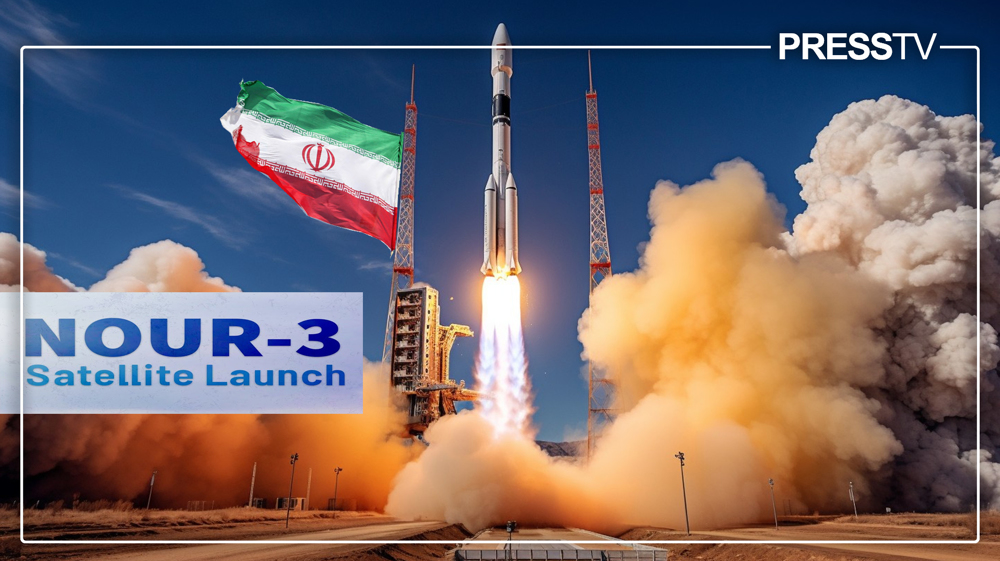







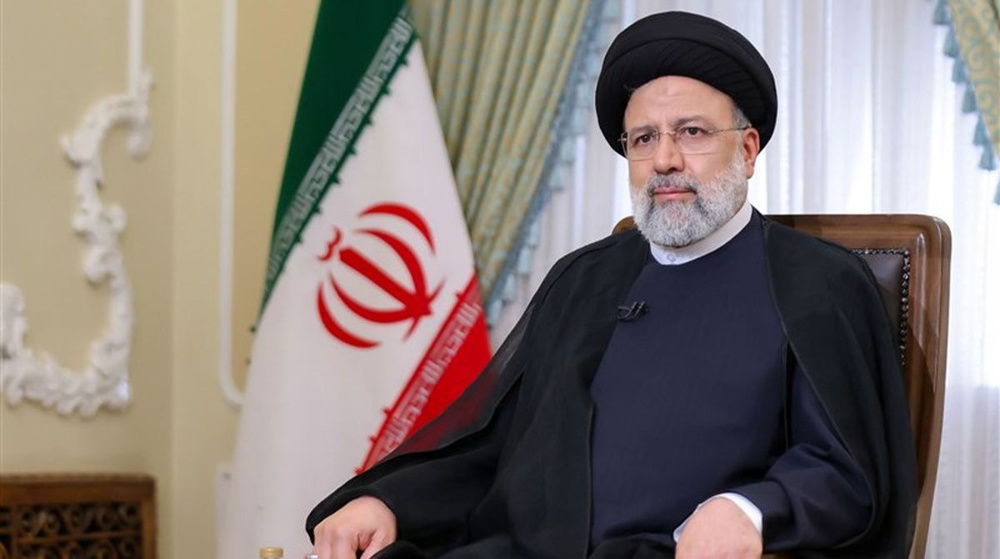
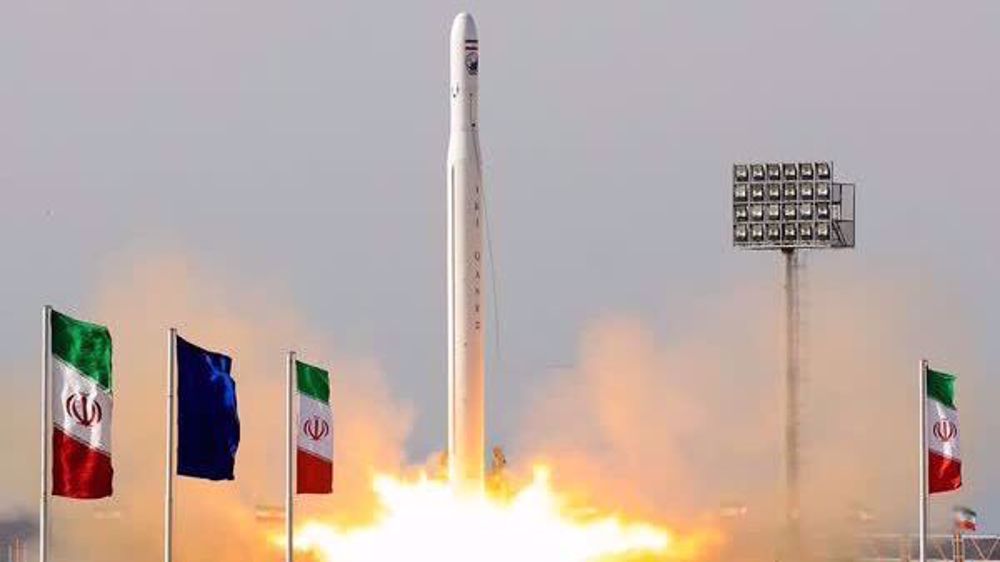
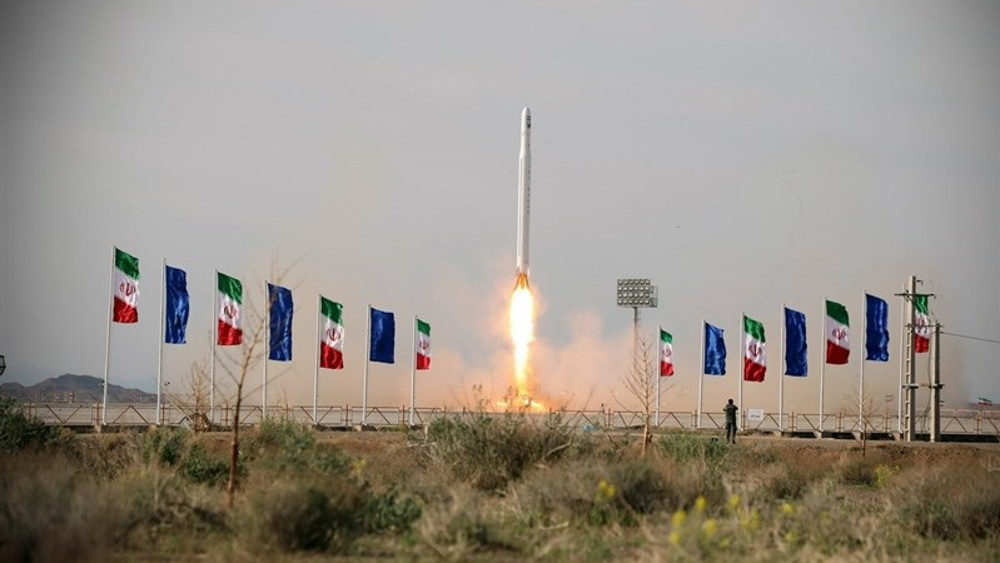
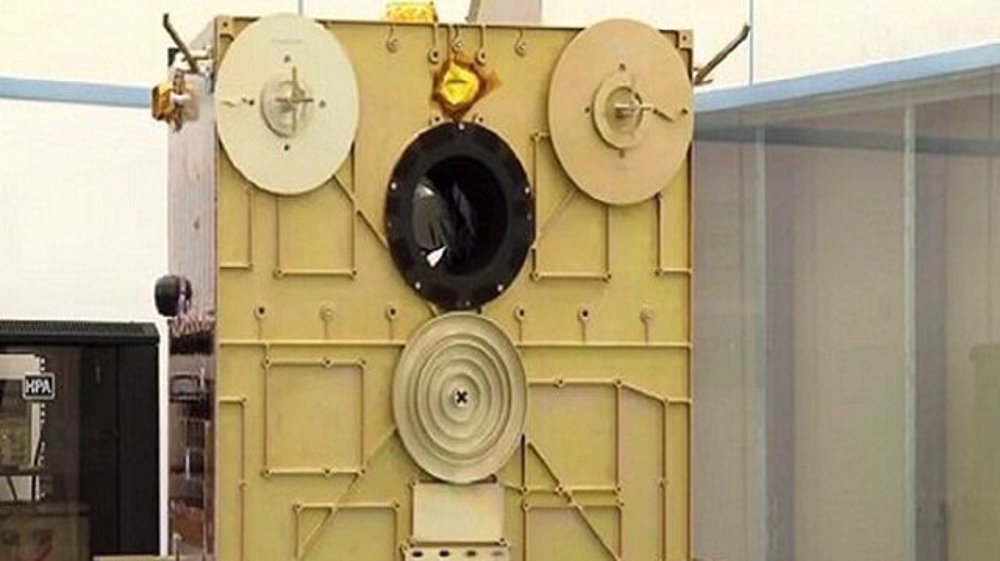
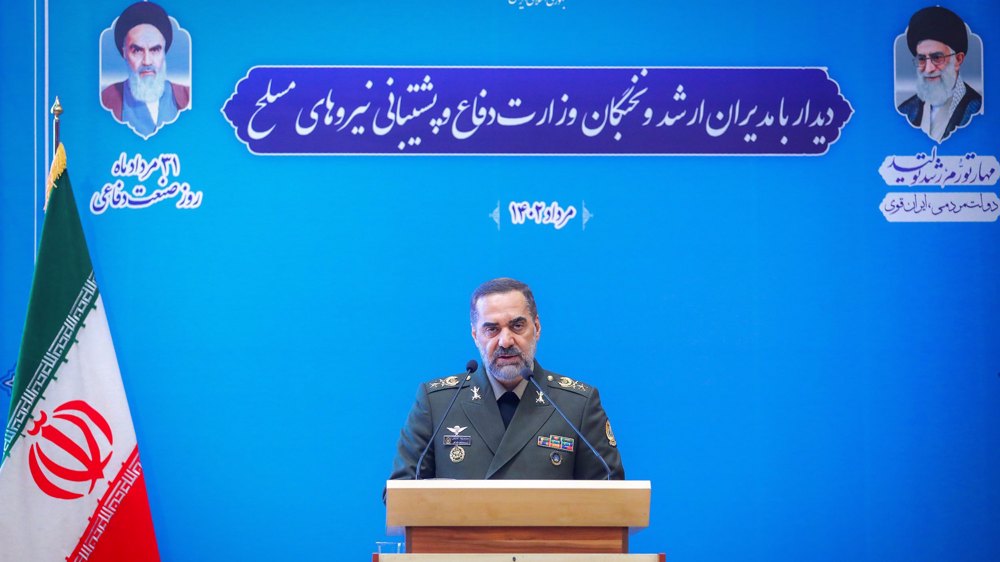

 This makes it easy to access the Press TV website
This makes it easy to access the Press TV website